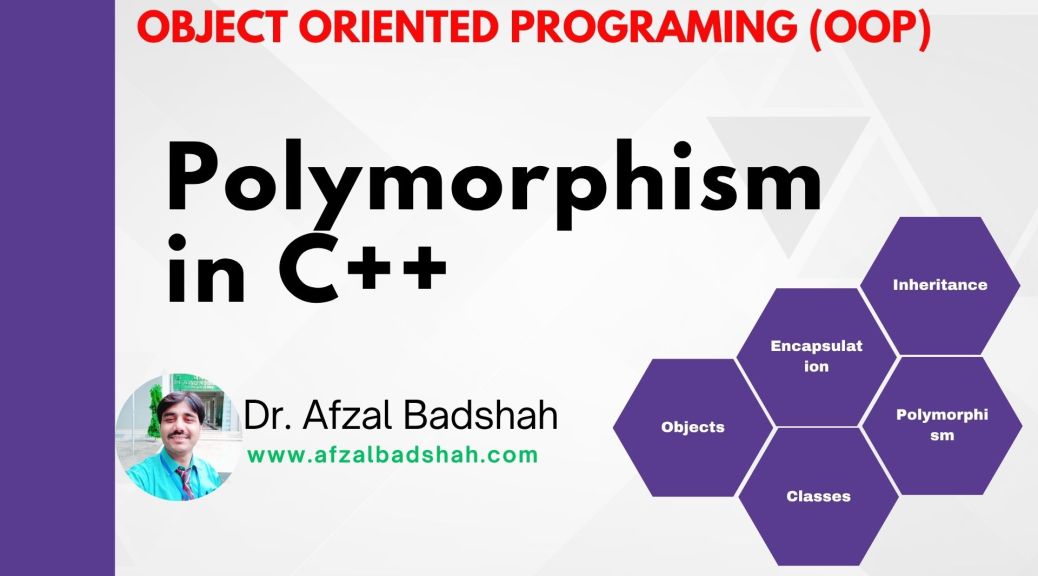Introduction to Errors and Exceptions Handling in C++
In real-world systems, things often go wrong. A bank server may become unreachable, a file may not open, or a user may enter invalid data. An exception is a runtime event that interrupts the normal flow of a program. Instead of crashing, the program “throws” an exception, which gives you a chance to respond. Exception handling allows programmers to write applications that remain stable even if something unexpected happens. Imagine you withdraw money from an ATM. If the machine runs…









